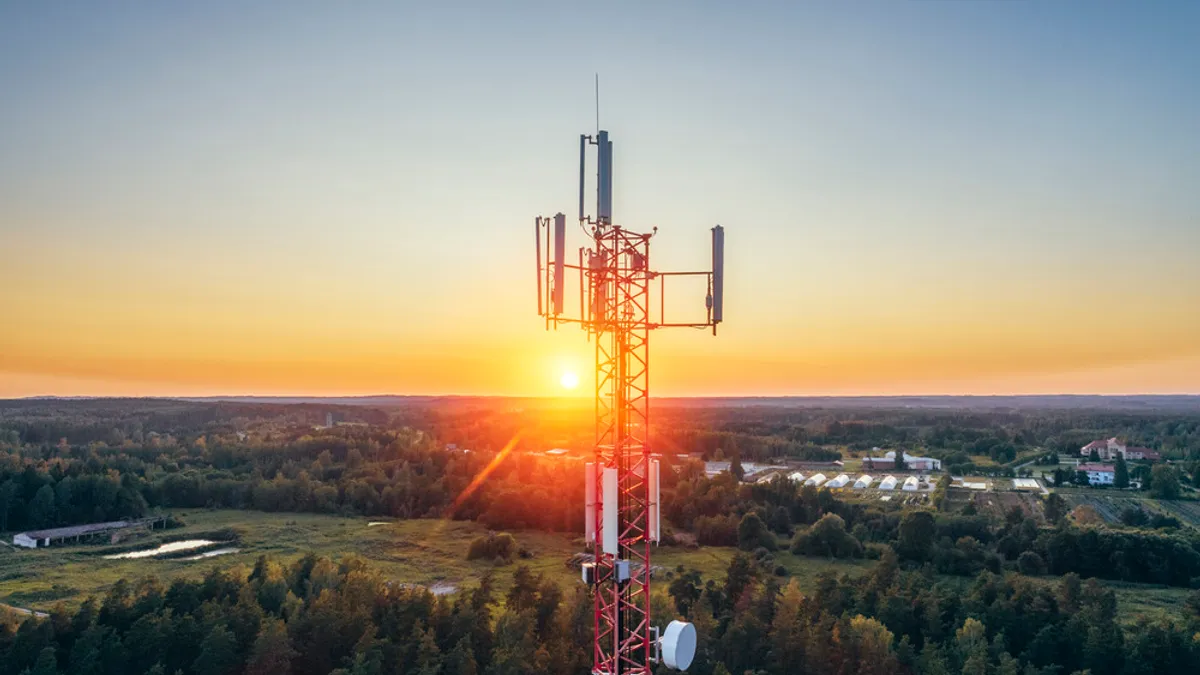Electric utilities face a monumental shift toward decarbonization and greater reliance on renewables and distributed energy sources. Pressure from government and regulatory bodies to reduce reliance on fossil fuels and move to a more electrified society has placed an unprecedented strain on outdated power grid infrastructure. This is creating the necessity for grid modernization which requires a comprehensive communications strategy.
A modernized grid requires additional visibility and controls, introducing new data and connectivity requirements with each change. These new requirements will force utilities to evaluate and choose from a variety of new communications solutions. A solution that meets these requirements is a broadband wireless network utilizing long-term evolution (LTE) technology in a private, purpose-built, utility-controlled environment. This is commonly referred to as a private LTE (PLTE) network.
LTE is a global standard for wireless broadband communications used for high-speed internet and data services on public mobile networks. It offers fast data speeds, low latency and efficient spectrum use for consumer and business applications. LTE is recognized as a well-established wireless broadband communications technology supported by a large network of suppliers, infrastructure providers and professional services resources. LTE is equipped to accommodate future communication technologies including 5G, 6G and beyond. By leveraging this technology in a private network deployment, utilities and other large industries can leverage their current investments while embracing future innovations.
It is essential for utilities to prioritize innovation and adaptability to keep pace with the rapidly changing energy landscape. Failure to do so could result in significant disruptions to power. A PLTE network allows utilities to build, operate and maintain their own communications networks using a proven global standard while providing the benefits of improved cybersecurity, greater visibility and increased control and resiliency.
Private networks offer flexibility, enabling utilities to configure their networks for specific applications and deploy them across either entire service areas or targeted regions. These PLTE networks enable utilities to better service customers by improving resilience and connectivity, offering faster data speeds, prioritizing data or data flows and enhancing security. When establishing a PLTE network, there’s much to consider. To minimize surprises, contemplate these 10 critical factors:
- Total cost of ownership
- Regulatory compliance
- Integration of capital programs
- Spectrum availability
- Leveraging of existing infrastructure to fast-track development
- Control operations and restoration
- Cybersecurity
- 4G vs. 5G and proven vs. future technologies
- Carrier relationships
- Capacity for additional services
To meet evolving challenges, utilities must invest in modernizing and upgrading their infrastructure to accommodate the growing demand for electricity. This includes incorporating advanced technologies such as LTE communication networks to improve grid efficiency and reliability. By embracing these changes, utilities can see that they are equipped to meet the needs of the future while also reducing their carbon footprint.
Collaborating with a knowledgeable partner that understands the criticality of utility applications and the value of implementing carrier-grade communications technologies to support your private network solution will put you in a position to be successful. A partner with the experience and capabilities to develop a comprehensive communications strategy and then implement it from concept through design, construction and operation will be a valuable resource when it comes to increased grid reliability.










